- Joined
- Aug 15, 2000
- Messages
- 18,836
Date: 3/12/2007 12:41:45 PM
Author: michaelgem
Have another look folks. Like Sergey said 'Take software such as PGS, and check different combinations of parameters, print it. You will have created a chart. Charts are just more effective for human analysis. Human analysis is very important for developing the cutter’s strategy.'
What can we learn about cutting strategy from this 57% table chart for a 6mm, 50%sl, 80%lg, 3.5%girdle optically symmetric diamond?
If I were a cutter I would be interested in knowing that this chart indicates that the center of the 'sweet spot' for Ideal 0 according to the AGS-PGS is 41.1, 34.25 not the AGS guideline charts center of 40.7, 35.
I would also be interested in knowing that the guideline indication that it is safe to cut Ideal 0 combinations of 40.2, 36.5 and 40.2, 37 is no longer true.
I would also be interested in knowing that I can cut a 41.6, 32.25 with decent leeway even though the guideline charts guide me away from that combination.
I would also be interested in knowing that I can cut a 40.5, 36.75 and get an Ideal 0 even though the guideline charts also guide me away from that combination.
Michael Cowing
It seems the idea that AGS parameters are wider than suggested by the use of AGS PGS software may be affected by a bug in the PGS software (whch according to Peter Yantzer is not a problem with their more robust AGSL version).
So this and other debate that raged here for a while may have been a waste of time.
I would ask those with the PGS software to check the grade of a 65% table
Pavilion: 41.4 Crown: 33 Lower girdle facet length: 80% or Lower girdle facet depth: 81.5% and Stars of : 55% and 49%
all with a Girdle bezel of 3%
I have attached the 55% star .dmc

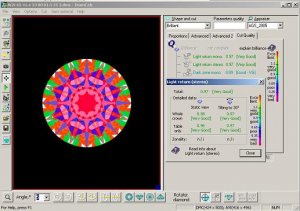

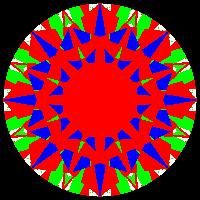



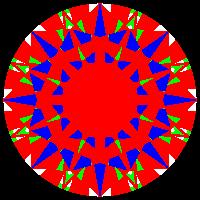
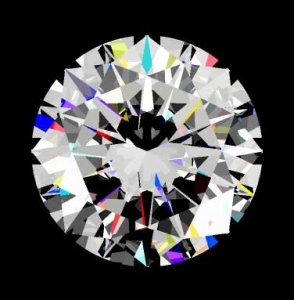
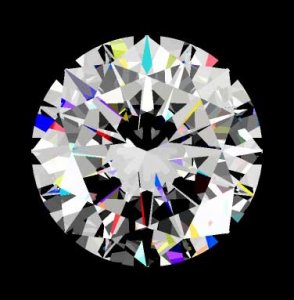


300x240.png)